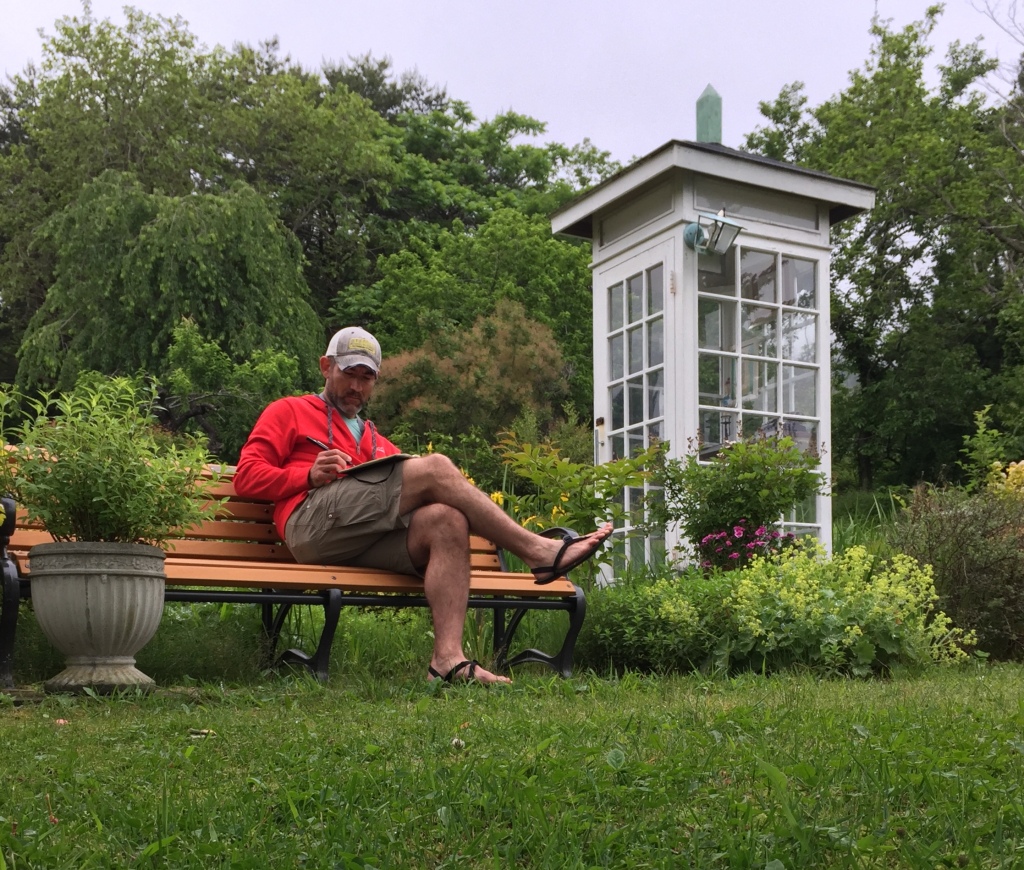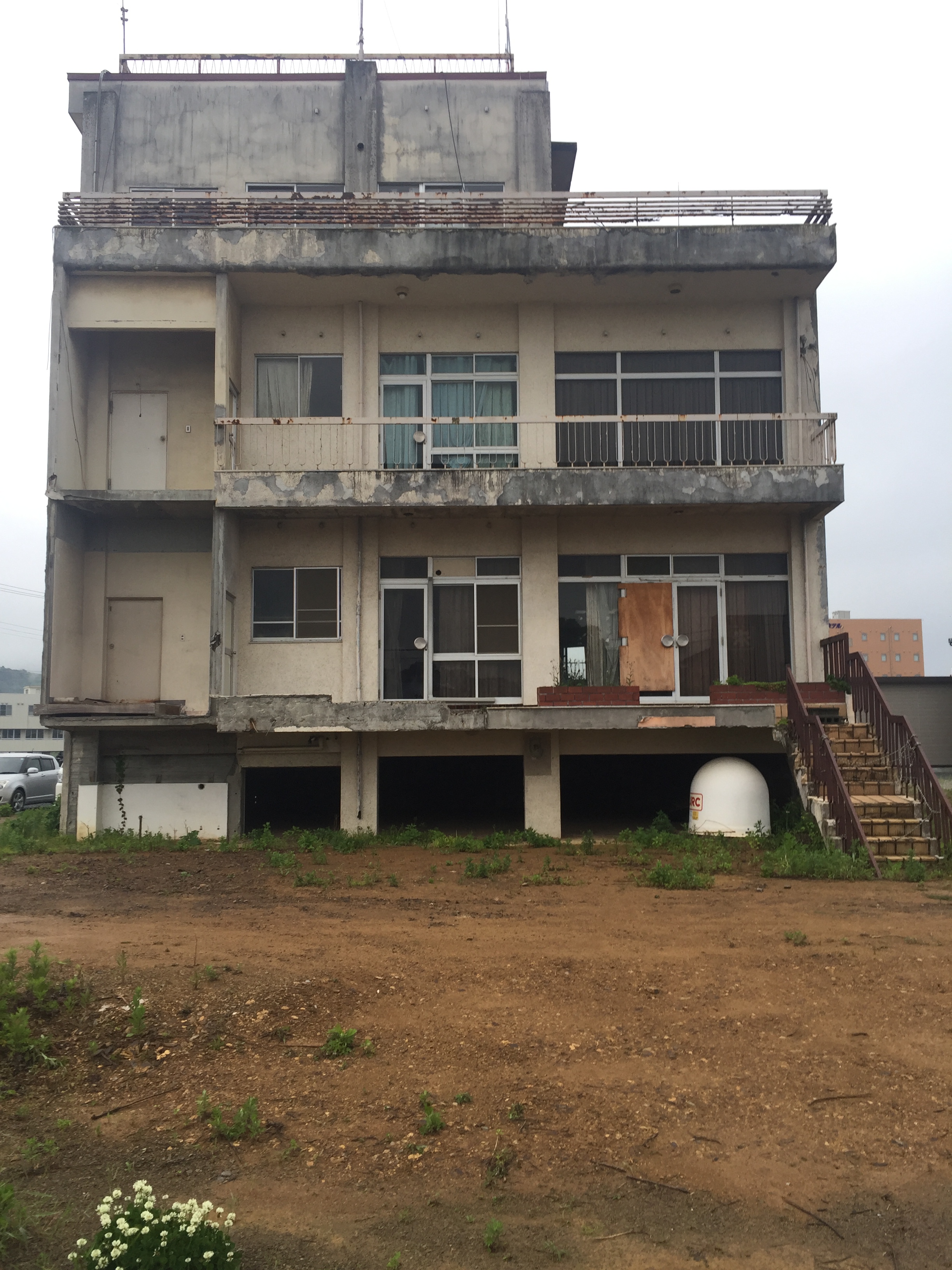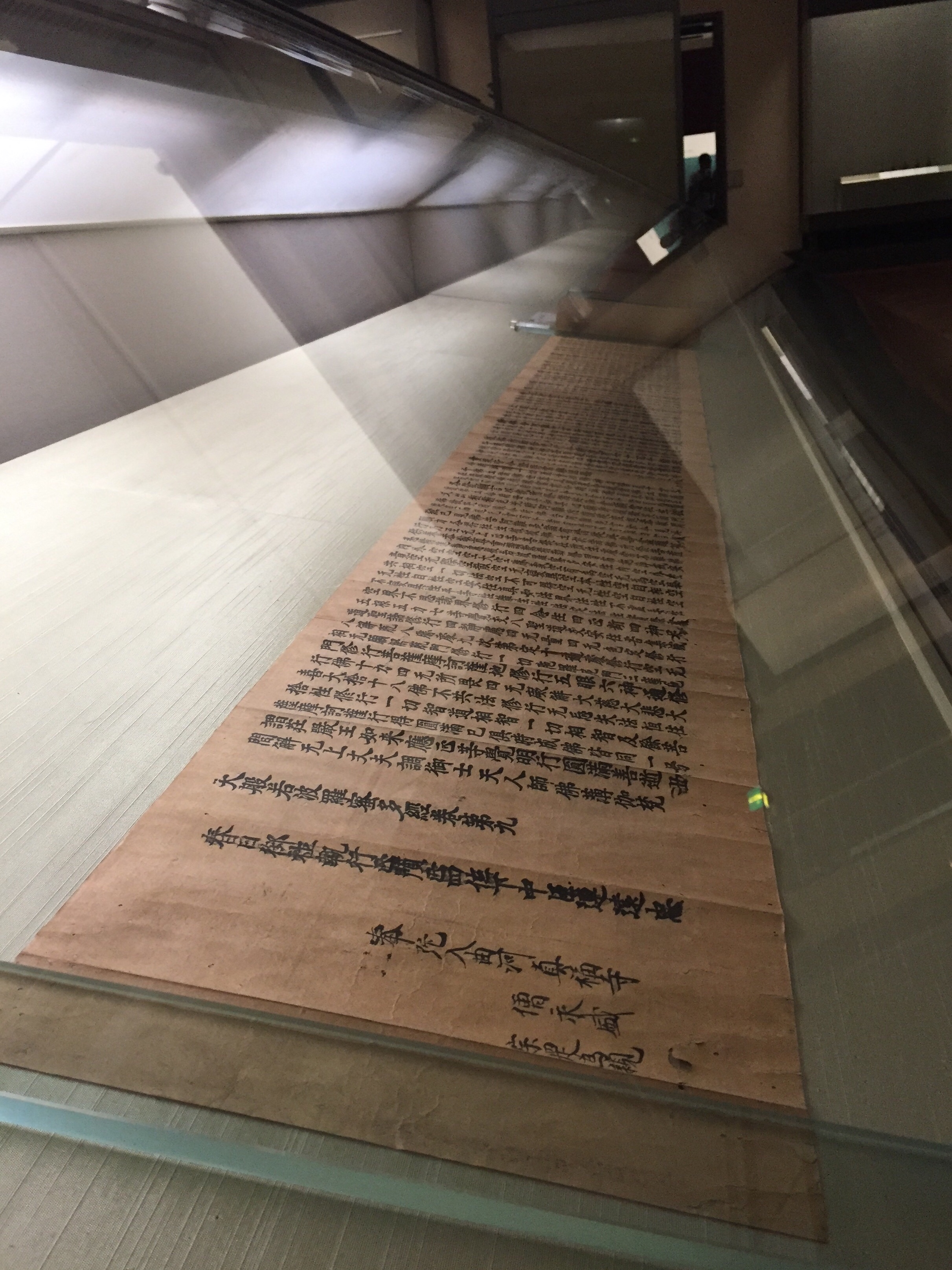My third and final story from my Pulitzer Center-supported trip to Japan last year published on Monday. It was the eight-year anniversary of 3/11 and the death of my Japanese grandmother as a result of the tsunami. And I have to say that “After the Tsunami,” the essay title my editor and I settled on, was in the works for the duration of those eight years.
Those of you who’ve hung around this humble blog for a while know that I started writing about the tsunami in 2012 in a series of posts called “Tsunami Debris.” It was winter here in AK, and it had been a year since I’d deployed to Japan. I recall reading about the arrival of tsunami debris on Alaska shores, and making the mistake of reading the comments on one story in particular about the cost of removing the detritus arriving on Alaska’s remote shores. The comment was something to the effect of “make Japan pay for it.”
I was pissed. I’d lost my grandmother, seen the devastation for myself, and still left Japan without a sense of having really participated from and confused about who I was as someone of Japanese descent. So I started writing.
I never finished the posts, by which I meant that I never completely documented my deployment. But when, a year later and facing a requirement to produce several essay manuscripts for my first MFA workshop, I went back to the blog posts. There was some good stuff in there. So, I grabbed it all, mashed it up with a bunch of other fragments pulled from memory and research, and called it good. Over the course of the MFA program (three years) I resurrected the essay every year, worked on it, and then ultimately put it away in favor of other projects. Every year, I pored back over it, trying to figure out what was at its core even as I poured more material into it.
It was good. But something was missing. For all the research, all the memories, I felt I still didn’t understand the nature of what happened in 2011. I lacked basic facts. Like exactly what happened to my grandmother. And how the people of Tōhoku had recovered since then. I needed texture.
Landing a Pulitzer Center grant, and a pitch to re-shape “Tsunami Debris” into something that wasn’t just memories and things I found on the internet meant that I’d have the chance to go and see for myself. And that’s exactly what I did last summer.
“How was Japan?” friends asked when I got back. Never a particularly eloquent conversationalist, I instead poured the experience into the three stories I wrote. Hopefully, you see that.
Happily, “After the Tsunami” has made it out into the world enough for me to receive very kind notes from strangers, a handful of whom have encouraged me to continue to look at the 2011 Japan tsunami. So while I feel like publishing the essay put a coda on one chapter, there are more stories I want to tell. Hopefully I get a chance to do that. Thank you to everyone who’s been a part of the journey so far. Stick around.


 Today was my last day in Japan. Yu and I wrapped up one last interview of a scientist this morning in Tōkyo and that, as they say, was it. With a few hours to kill, I went to Ueno to check out the National Museum. And as usual, I found inspiration in yet another unexpected place.
Today was my last day in Japan. Yu and I wrapped up one last interview of a scientist this morning in Tōkyo and that, as they say, was it. With a few hours to kill, I went to Ueno to check out the National Museum. And as usual, I found inspiration in yet another unexpected place.